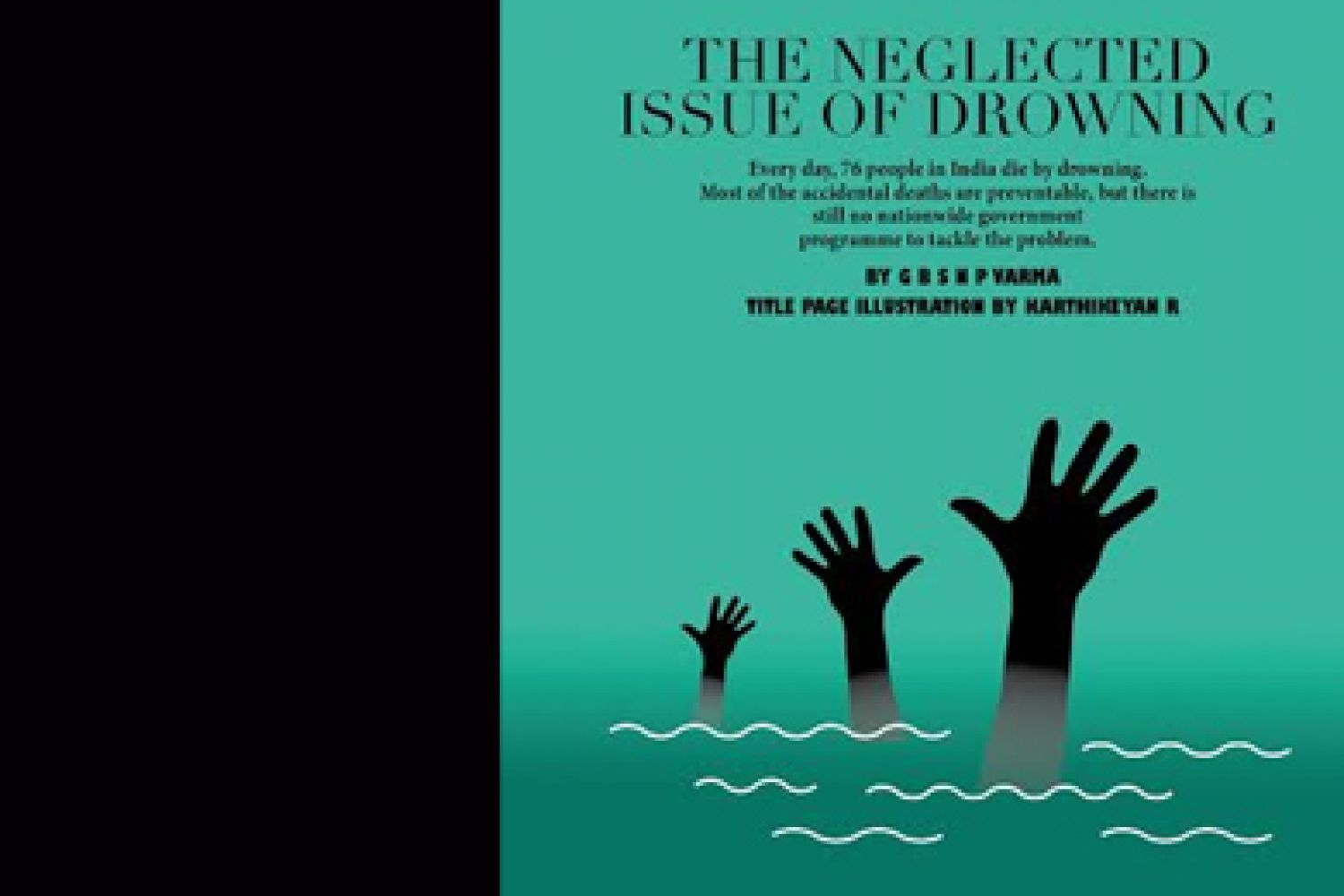
The neglected issue
of drowning
It’s been 17 years but 77-year-old Admiral Purushottam Dutt
Sharma remembers the day in November 1997. “It always brings a lump to my
throat,” he says.
At 9 a.m. on November 19, 1997, a bus meant for 55 children
but packed with 75, crashed over the rails of the Wazirabad bridge across the
Yamuna in Delhi. It fell into the river and came to rest on a sandbank, windows
above the water. Some of the students in the bus were in shock; some so
Continue reading “The neglected issue of drowning”
Read this story with a subscription.





